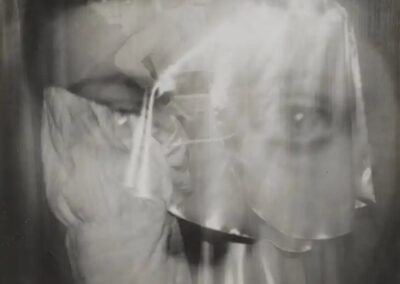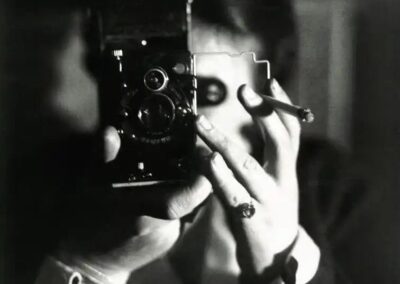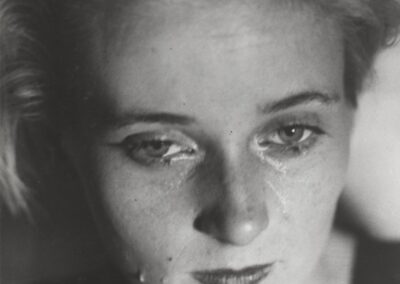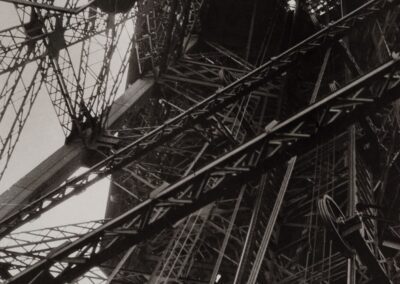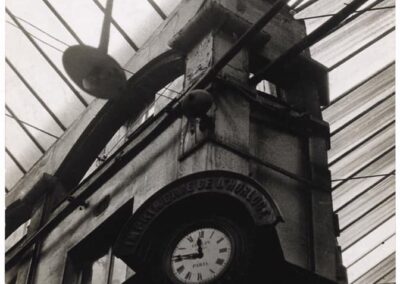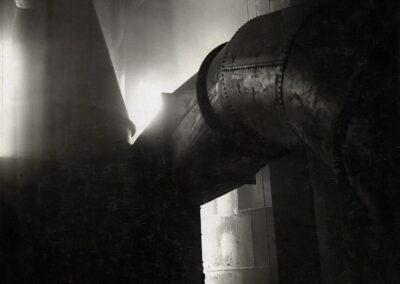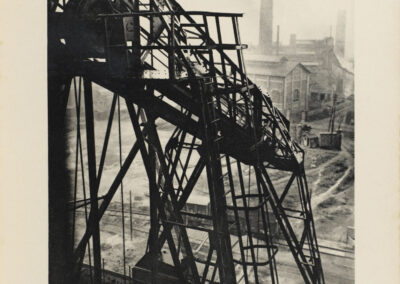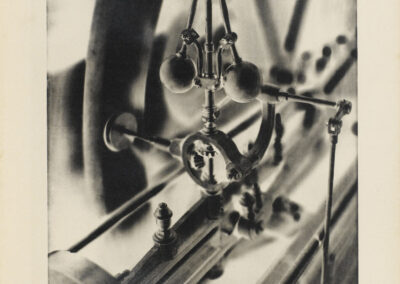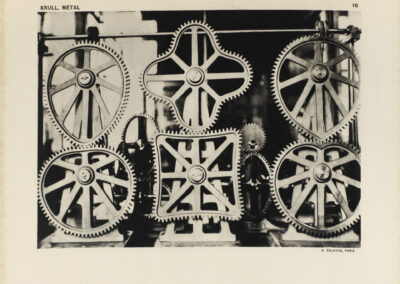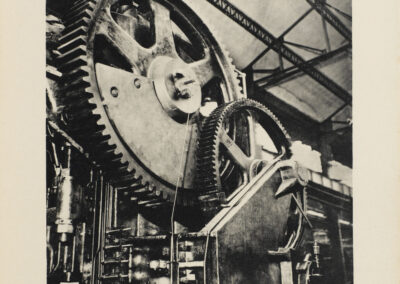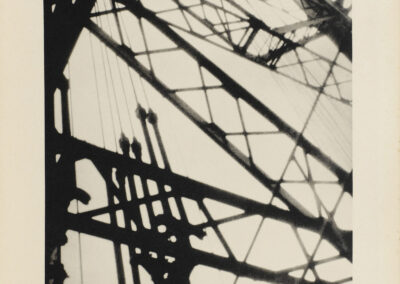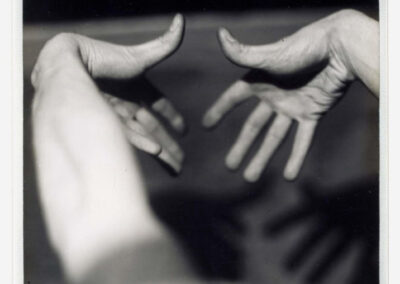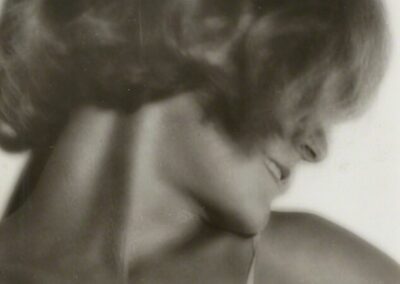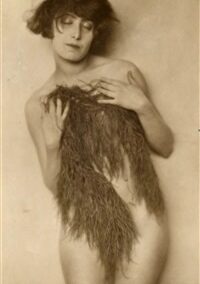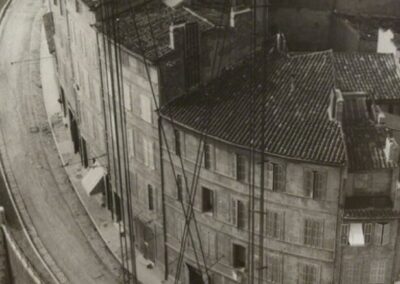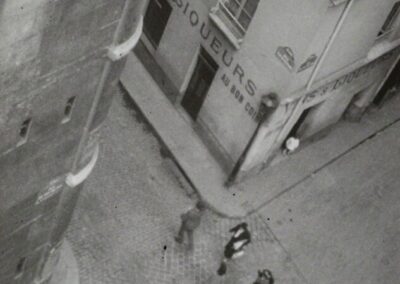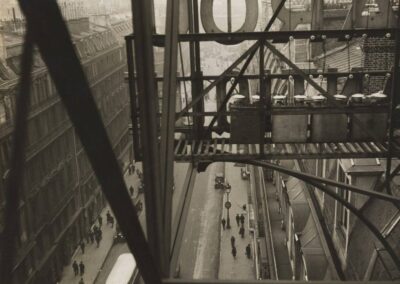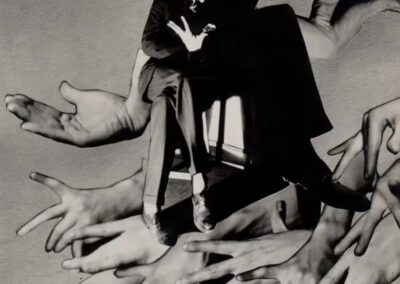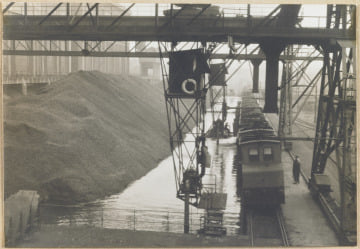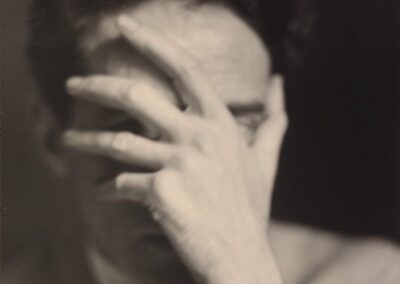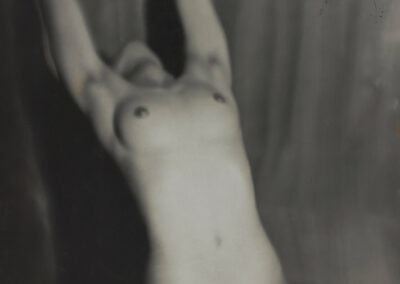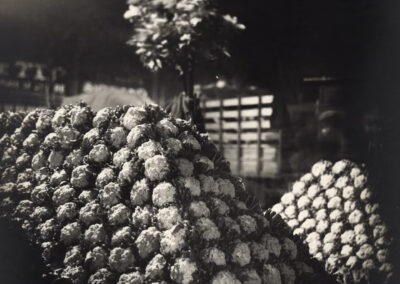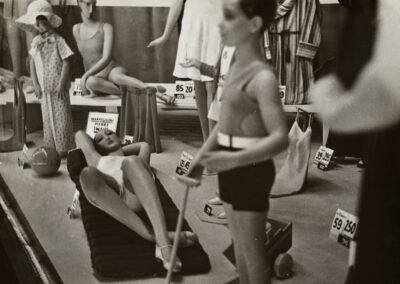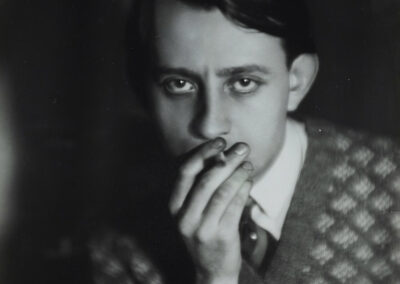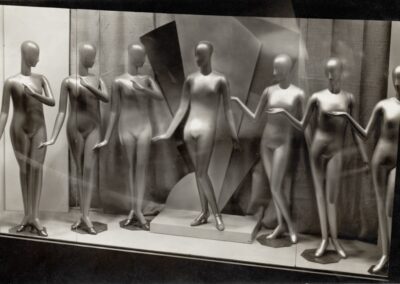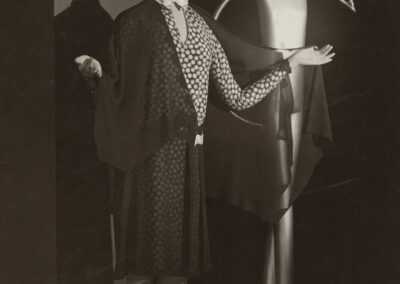The next Artist You Need To Know is Germaine Krull (1897-1985).
Krull was considered one of the most significant photographers of the early twentieth century : her images were often political in tone, focusing upon ‘controversial’ ideas such as gender, social inequality and politics. She also pushed the boundaries of photography in a technical manner, and often experimented and employed double exposures, photomontage and unusual and radical angles.
Although she was born, grew up and educated in Germany, she spent significant time – and produced important works – in France and Holland, and also lived and worked in Brazil, Republic of the Congo, Thailand, and India. Krull produced a number of books of photography and folios, among which is her best known 1928 portfolio Métal.
“The camera need not invent, manipulate or fool. It does not paint, nor does it imagine. The photographer is a witness, the witness of his time.”
She was born in Posen, Germany (now Poznan, Poland) but her family travelled around Europe a great deal when she was young. Krull was ‘homeschooled’ by her father : he was an engineer and a radical thinker for the time, allowing Krull to dress as a boy and he was also very progressive in the sphere of social justice. His influence on Krull could be seen throughout her life, as she has been described as “an especially outspoken example” of a group of early 20th-century female photographers who “could lead lives free from convention.” (from TATE)
She attended the Lehr-und Versuchsanstalt für Photographie in Munich, Germany (approximately 1915 – 1918) : at that time, Frank Eugene was a defining force as a teacher at that school, with his aesthetic of pictorialism.
Krull would later open a photography studio in that same city : her artistic circle at this time included the poet and novelist Rainer Maria Rilke, philosopher and sociologist Max Horkheimer and social scientist and philosopher Friedrich Pollock.
During this period, no less than Man Ray stated that “Germaine, you and I are the greatest photographers of our time; I in the old sense, you in the modern one.”
Krull was exiled from Germany in 1921 : during the tumultuous post WW I period, with the Weimar Republic and the rise of nazism and other far right ideologies, her involvement with the Communist Party of Germany made her an easy target for persecution (like other artists of this period, such as Hannah Hoch and later Kathe Kollowitz).
She would travel around Europe, Asia and Africa, continuing to take pictures and still involved with a number of social and political causes. But “her most fertile period [was] in Paris, between 1928 and 1933, when she worked in the textile studio of artist and designer Sonia Delaunay, joined a circle of artists including Jean Cocteau,,,,.Man Ray, André Kertész and others, and did some of her most inventive advertising work and photojournalism.
In 1928, Germaine Krull published Métal, a seminal work in New Vision [also known as Neues Sehen or Neue Optik] photography and in the history of the photo book. Comprising 64 photographs that emphasize the geometry of cranes, silos, blast furnaces and industrial structures like the Eiffel Tower, taken from unusual or vertiginous angles, the book was described in Martin Parr [a previously featured Artist You Need To Know) and Gerry Badger’s Photobook (2004) as “the finest example of a modernist photobook in the dynamic, cinematic mode.” (from Art in America)
The images below are from that book and more about this body of work can be seen here.
After the publication of Métal, Krull worked in photojournalism for the next five years (some of her work was published in the French magazine Vu). In the 1930s, she expanded her subject matter to include a journalistic study of employment black spots in Britain (for Weekly Illustrated Magazine) and also produced another book Études de Nu [Studies of Nudes]. Her commercial work also included photographic illustrations for detective and travel books. Relocating to Monte Carlo in 1935 (where she would live for five years), Krull’s subjects there focused upon the casinos and palaces common in the small country, as well as both celebrities and ‘regular’ people.
Krull’s life continued to be nomadic : during WW II she – like many – had little use for the Vichy France government and their collaboration with the nazis, and she would travel extensively from Brazil (she was based in, and took images of the city of Ouro Preto) and Africa (Brazzaville in then French Equatorial Africa, then later Algiers).
Post WW II, Krull was a war correspondent in Southeast Asia, often based out of Bangkok, Thailand. She continued to publish books of her photographs during this time, and turned her eye to the architecture and sites of Southeast Asia as she had done in Europe. Returning to Paris briefly in 1966, Krull quickly relocated to Northern India. This spurred her final major project : a 1968 book titled Tibetans in India. She suffered a stroke and spent her final days in a nursing home in Wetzlar, Germany : Krull died that same year, in July of 1985.
Germaine Krull’s artworks can be found in the collections of The Museum of Modern Art in New York, the J. Paul Getty Museum in Los Angeles, and the Metropolitan Museum in New York, among others. Many of her works that were of a journalistic nature can be found in various newspaper and magazine archives, as well.
Much more of her work can be seen here and more about her life can be read here.

